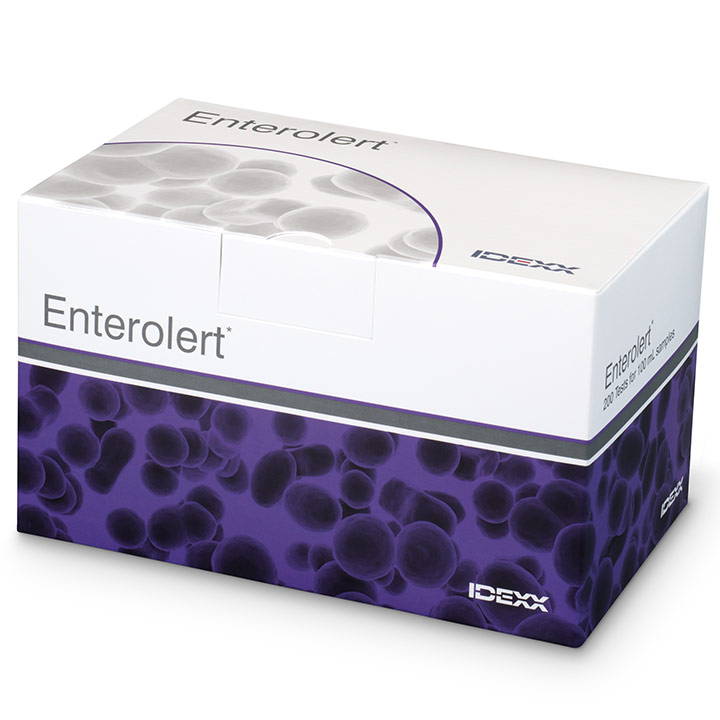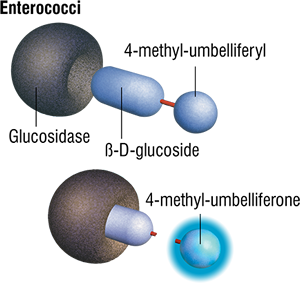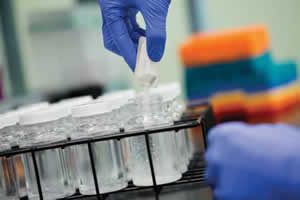
Enterolert*
24-hour detection of enterococci





- Accurate results overnight so you can act quickly to protect the public and public resources.
- Discover enterococci contamination in half the time of standard methods.
- Eliminate tedious membrane filtration work.
- U.S. EPA-approved and included in Standard Methods for Examination of Water and Wastewater.
- An official ASTM Method (#D6503-99)
Overview
Easy
- No media preparation.
- No autoclaving.
- No colony counting.
- No glassware cleaning.
Rapid
- Less than 1 minute of hands-on time.
- Results in 24 hours rather than 48 to 72 hours.
Accurate
- Sensitive to 1 enterococci per 100 mL.
- Enumerates up to 2,419 enterococci per 100 mL without dilutions (with Quanti-Tray/2000).
- Less subjective interpretation.
- 50% fewer false positives and 95% fewer false negatives than the standard membrane filtration (MF) method.1
Economical
- Up to 12-month shelf life minimizes waste.
- 24-hour test saves incubator space.
Science
How the Enterolert Test works
The Enterolert Test uses a proprietary Defined Substrate Technology (DST) nutrient indicator to detect enterococci. This nutrient indicator fluoresces when metabolized by enterococci. DST improves accuracy and avoids the need for hazardous sodium azide suppressants used in traditional media.

How to use
Quantification
Step 1

Add reagent to sample.
Step 2

Pour into Quanti-Tray (counts from 1–200) or Quanti-Tray/2000 (counts from 1–2,419).
Step 3

Seal using Quanti-Tray Sealer and incubate for 24 hours at 41°C ± 0.5°C.
Step 4: Quanti-Tray

For counts from 1–200: Count fluorescent wells and refer to most probable number (MPN) table.
Step 4: Quanti-Tray/2000

For counts from 1–2,419: Count fluorescent wells and refer to most probable number (MPN) table.

